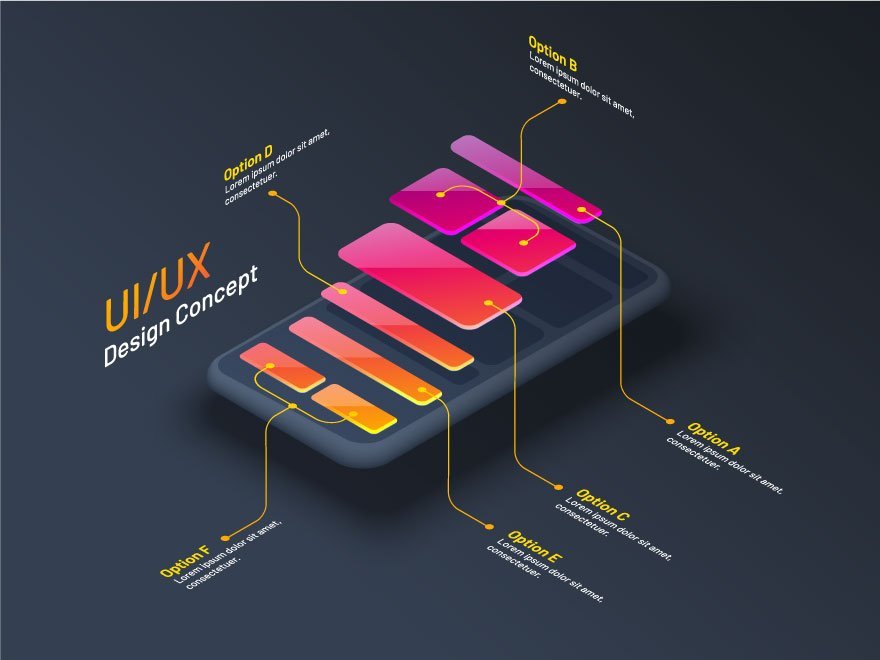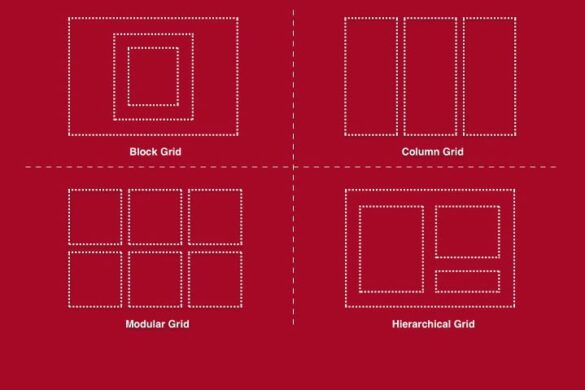Table of Contents
UX design is often noticed in the details, but successful user experiences almost always begin with broader UX fundamentals. Before fine-tuning exactly how a user experience will be configured, there are wider considerations that should define how you approach a project. These include whether it’s an experience that takes place in the physical world or online.
The principles of UX design involve conducting research to better understand your customers and concentrating on optimizing the user’s experience. However, there are occasions when stepping back and reconsidering entire concepts is worthwhile.

01. Understand your customers
Taking the time to understand your customer and their users is one of the most critical aspects of UX design. After all, it’s difficult to create a good user experience if you don’t know who the person is.
To find out what people want, talk to a variety of individuals. Keep in mind that some people will be more open to discussing strongly held beliefs than a clear image of their own requirements. Peel back another layer, since there could be a solution that makes their life so much simpler that they can’t see yet.
02. Question everything
Sometimes bad UX is more the result of convention than anything else. Things are frequently done a certain way simply because it has been done that way for years and no one has paused to consider whether it may be done in a more efficient, intuitive, or pleasant manner. The inertia may be broken with good UX.
When a designer looks around and asks, “Why?” brilliant UX emerges. “We’ve given a lot of thought to why video conferencing may be so perplexing, and how tech firms got there.” Much of it boils down to reconsidering why some things are done just because they are the industry standard. Like when you drive past an unsightly, shoddy-built tower of apartments from the 1970s – which can be found in almost any city, in lieu of whatever great item once there – and shake your head. Shake your head all the time!
03. Think big

It’s tempting to go right into the specifics – after all, that’s what designers are all about. Great UX, on the other hand, frequently comes from looking at the larger picture and seeing whether there’s something more basic that can be improved.
“Think big first, then get down to business.” Later on, you don’t want to be cramming additional features into a bloated pipeline. The finest user experience designers go beyond little tweaks to envision how an entire business or way of life may be. If you’re a lateral thinker who is continuously considering alternative approaches to problems, guess what? That is something for which you can be compensated!
04. But keep it simple
The design may be surprising and delightful, but it can also get in the way of an experience, which is what we aim to perfect with UX. “It’s a difficult line to walk, but if you can mix anticipation with reality, clients will adore you,” says our expert, adding that this involves avoiding becoming too excited about the technology you’re exploring.
Work with the technology you have now, not what you aspire to have in ten years. For many people, this is a challenging realization. They began out expecting VR to be widespread soon, but they’ve realized that just a small percentage of individuals own VR.
05. Remove obstacles
Removing barriers to provide a seamless experience is beneficial to both your users and your organization. The easier something is to do, the more likely people are to want to do it, and the less friction there is for customers, the more beloved a brand becomes.

06. Advocate for great UX design
A skilled UX designer must be able to not only develop engaging, seamless user experiences but also successfully and passionately advocate for their designs to decision-makers. We understand that this might be a difficult task in and of itself, but it is very essential.
Unfortunately, some executives may be unwilling to invest in UX or will be skeptical of its value. So, talk the talk, and back up your ideas with facts on the financial effect of your recommendations. Customer support hours will nearly always be decreased as a result of improvements in UX, as will page/cart abandonment, perceived value, and so on.
Beyond the numbers, though, it’s critical to maintain a personal touch. Many people deny that brands can have personalities, yet we’re all human, and we’re always putting human characteristics onto objects. It makes such a difference to people’s perceptions of what you do and if you care if you can lead them through a process using language that reflects your brand’s voice and the promises your brand made in the marketing that led them to choose it.






Add your first comment to this post